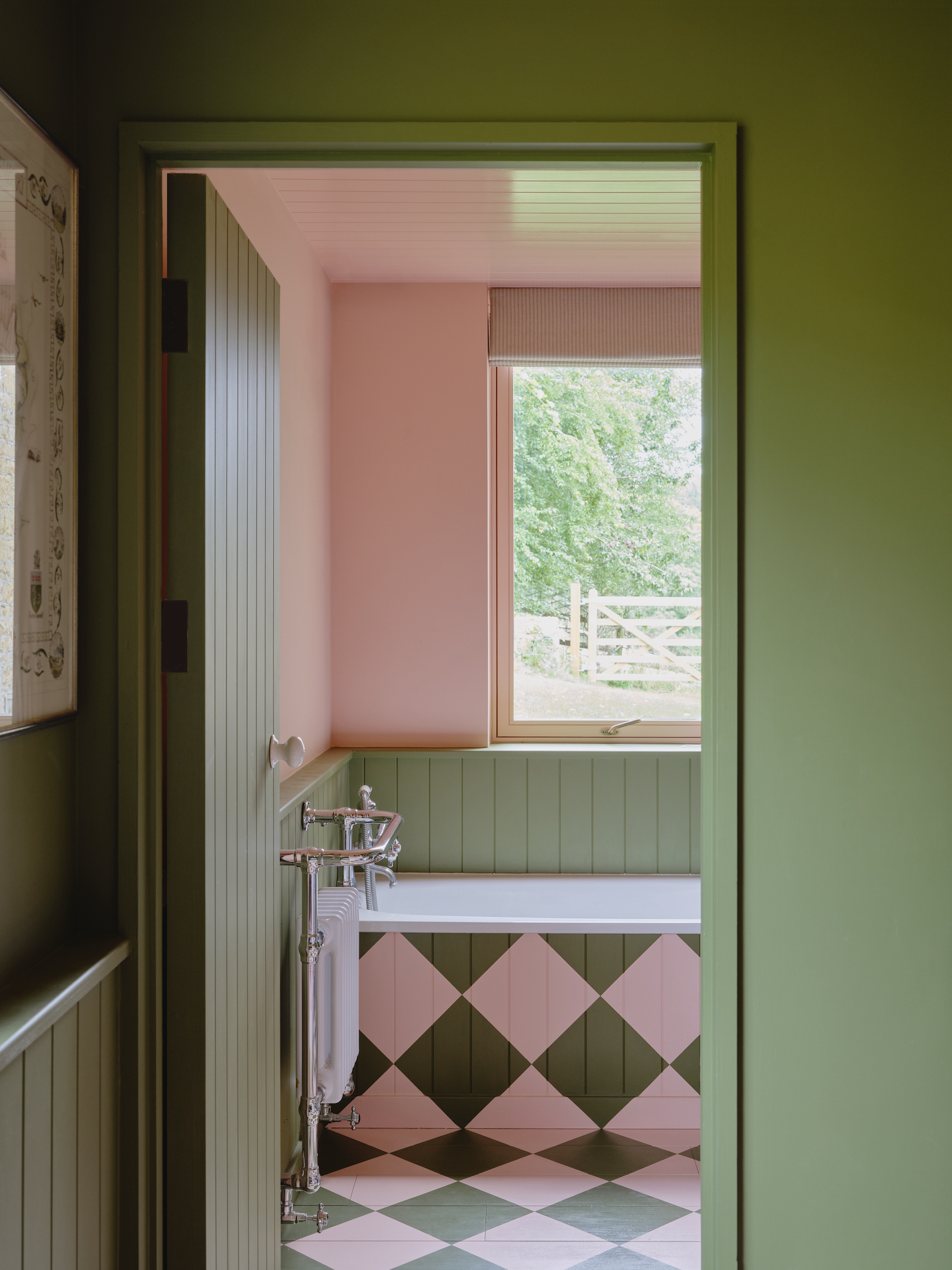Bindloss Dawes has completed a striking yet sympathetic extension to a converted school house in Somerset.
Bindloss Dawes has sensitively extended Pitcombe’s Old School House, a Grade-II listed, Victorian dwelling nestled within a picturesque Somerset valley. The rigorously detailed timber-clad structure replaces a poorly conceived 1970s extension. By following the massing and shape of the existing roof, as well as the plan of the original building, the new addition sits comfortably in its rural setting. This approach also resolves long-standing layout problems to create a well-balanced house.
The timber-framed structure is clad in English sweet chestnut, which was chosen for reasons of sustainability, stability, the grain pattern, and how it will weather into a light silver grey to complement the local stone of the existing house. Different vertical and horizontal cladding configurations were explored by the architect using models and maquettes. This led to the adoption of a vertical, open arrangement at roof and first floor level, allowing rainwater to pass through the cladding and drain away via hidden gutters. On the ground floor, the cladding is aligned horizontally with broader, closed boards that help to break-up the scale and massing of the building.
The windows have been placed to create a harmonious composition with the existing house, and provide the best views of the countryside. On the upper floor, the primary bedroom has been conceived as a serene retreat, with windows placed to offer panoramic views of the rolling hills. On the ground floor, each room has a different aspect, framing views up and down the valley and capturing sunlight at different times of the day. “Unlike suburban house extensions, the countryside often provides a wonderful opportunity to work with the full 360 degrees of a building,” comments George Dawes, Director of Bindloss Dawes. “The Old School House occupies a beautiful corner of Somerset, and so we wanted to capture the sun as it passes around the house, as well as enjoying the best views over the countryside.”
The extension is linked to the house via a smaller, glazed structure with patinated galvanised steel doors that face up the valley. From the link building, the two floors of the extension are accessed via a free-flowing staircase that is illuminated by a high-level east-facing window that catches the morning light. The lower sections of the floor and stair are constructed in micro-cement, while the upper portion is made from rough-sawn chestnut, referencing the external cladding.
The architect worked closely with the clients, Joa Studholme, and her husband Andrew, to realise their design for the interior. Joa, a Farrow & Ball colour curator, had a clear vision for the colours that feature throughout the new spaces, carefully choosing hues to accentuate the lofty ceilings and complement their furniture.
Sustainability is central to the project, with high levels of insulation reducing heat loss, and thermal separation between the old and new structures ensuring that they can be heated independently, coinciding with daily use. Locally-sourced, sustainable timber has been specified for both the structure and external cladding, reducing embodied energy and harnessing the skills of local craftsmen.
Additional Images
Credits
Architect
Bindloss Dawes
Structural engineer
Engineer Momentum
Contractor
Gregory Renovations
















































